.jpg)
Prague Car Festival 2019
.jpg)
Three copies (or four, according to some sources) of this single-seater competition car with open-wheel with motorcycle-type fenders above them were produced in total, to comply with Formula 1 regulations. Only one survives today.
They were developed capitaling the experience of from the operation of racing cars with a pontoon body was used, the chassis differed from them only in small details. On the other hand, engine power increased from the original about 30 kW (40 hp) to more than 90 kW (120 hp) compressor engine, equipped with a special cylinder head, developed under the leadership of engineer F. Sajdl for racing purposes only.
Developement was gradual and the cygar-shaped body fitted with various normally aspirated or Roots superchargerd 1089, 1221 and 1490 cc engines.
The car is formed by a central tube frame and aluminum bodywork.
As previously mentioned, Škoda constantly improved the two racing cars, in particular the engines. The 1089 cc version initially derived from the Škoda Tudor, received the new aluminum cylinder heads with a hemispherical combustion chamber, already mentioned above.
These racing cylinder head was the final stage in the development of the Skoda Sport and Skoda Supersport engines. It had a hemispherical combustion chamber and a special OHV distribution arrangement that allowed the valves to be tilted 90 degrees. Thanks to this, they managed to make the most of the power that could be obtained by using the series block and crank mechanism from the 1101 engine. This makes understandable why this new version was hence named Škoda Supersport.
The engines are easily exchangeable to be able to comply with the different competition categories. Therefore, the Škoda 966 Supersport can race in the 1100cc category in its original version with two carburettors or in the 1500 cc with one or two compressors. To gain even more power, in accordance with the new regulations, Škoda then modified the engine capacity to 1221 cc. These cars could start in the morning with tiny headlights and fenders in the sports car class; at noon, the mechanics dropped the fenders and lights and started again in the race car class. The normally aspirated version requires a taller cowling than the compressor version.
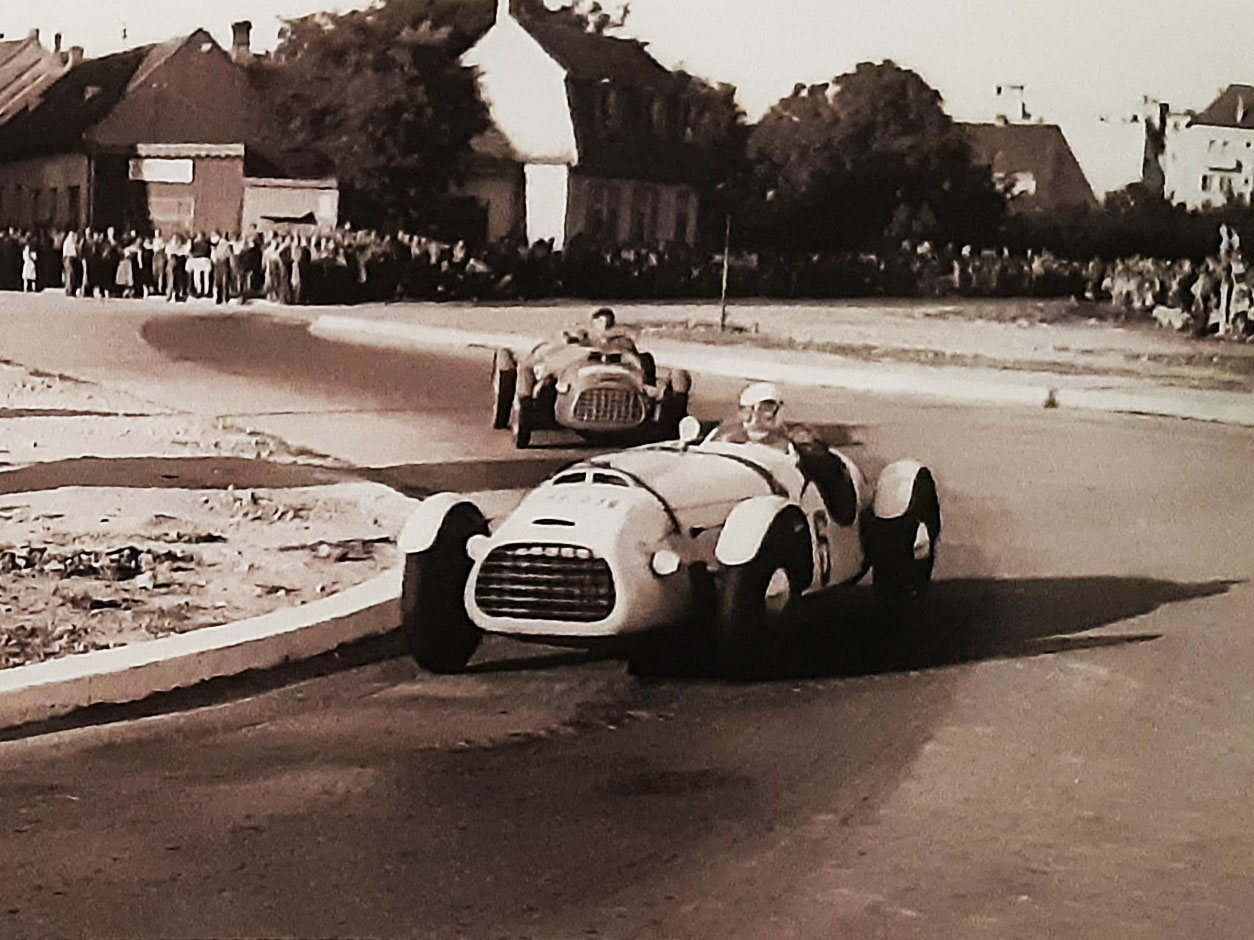
Between 1950 and 1955 Miroslav Fousek, Vaclav Bobek senior, Jaroslav Netusil, and later Ivan Milčik were racing with the car.
The Supersport made its debut at the Czechoslovakian Grand Prix on September 24, 1950. Bobek was third with the compressor car, behind a Maserati 6CM and a Tatra 607 Monopost, while Fousek wth the n/a car finished second in its class.
Without international participation, the race did not reach the significance of the motoring holiday of the previous year; moreover, it was accompanied by bad weather. Ing. Jaroslav Horák, the unofficial head of the race department, put four drivers into the fight (with two SuperSport, one supercharged and one n/a).
Classes up to 2000cc started together with the 1500 cc, a minute behind them the 1100 and 750 cc. Thanks to this, the race was very spectacular and the spectators could enjoy fierce fights.
The 1951 season began with a victory in the Sports Car category at the Liberec races.
The surviving car went into private hands, it was raced until 1962 and it was evantually bought back by Škoda from the Slovakian racing driver Ivan Mičik in 2007. It was then restored to her former glory (1953 specs, completed in 2014) and still proudly bears the inscription AZNP (Automobilove Zavody Narodni Podnik - National Automobile Construction Company), the official name of the company during the communist era.
Her home is the Škoda Museum located in the historic premises of Mlada Boleslav, although she's often out for competition or display.
Here below some pics shot at the 2021 edition of Prague Car Festival
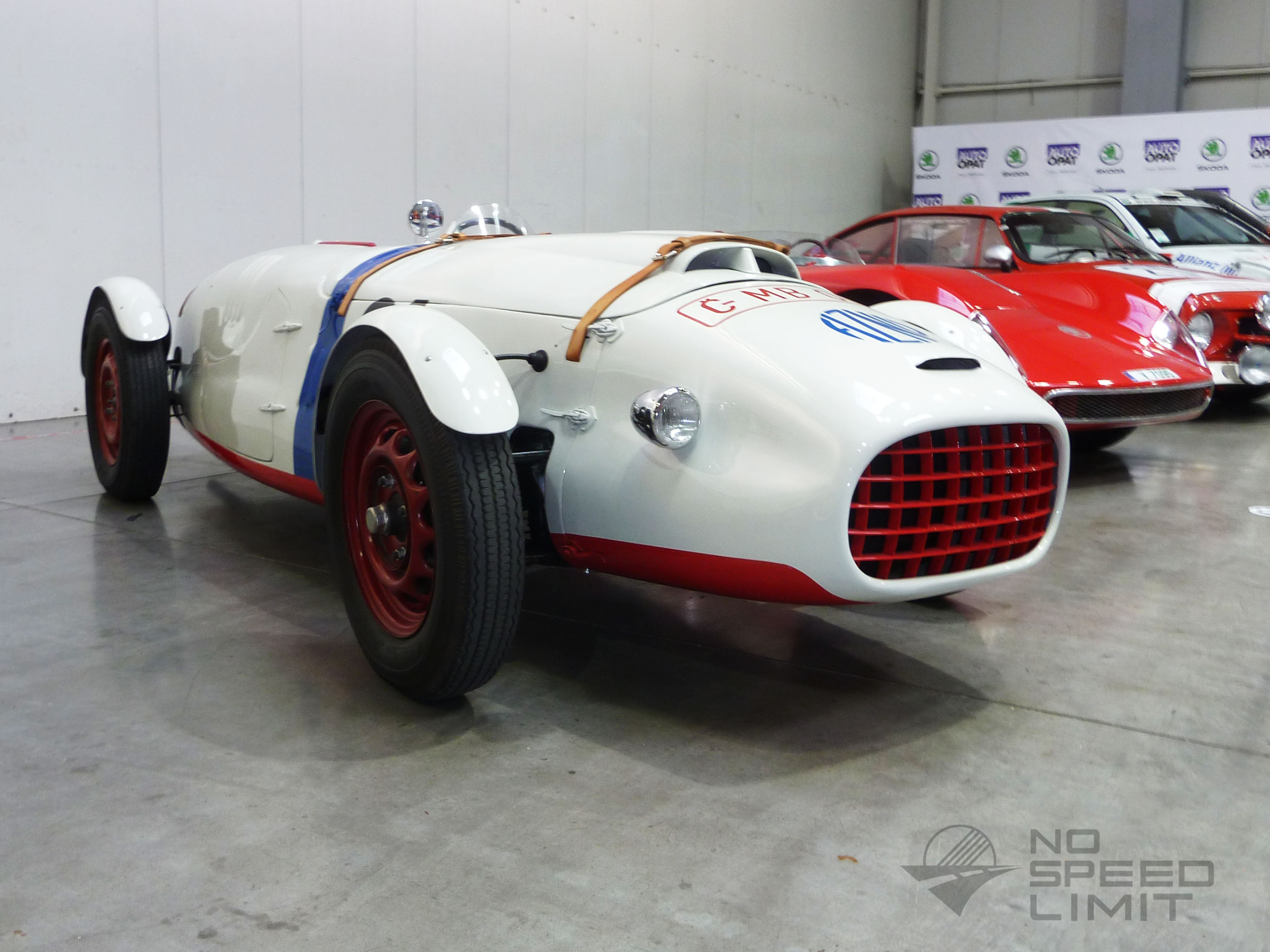
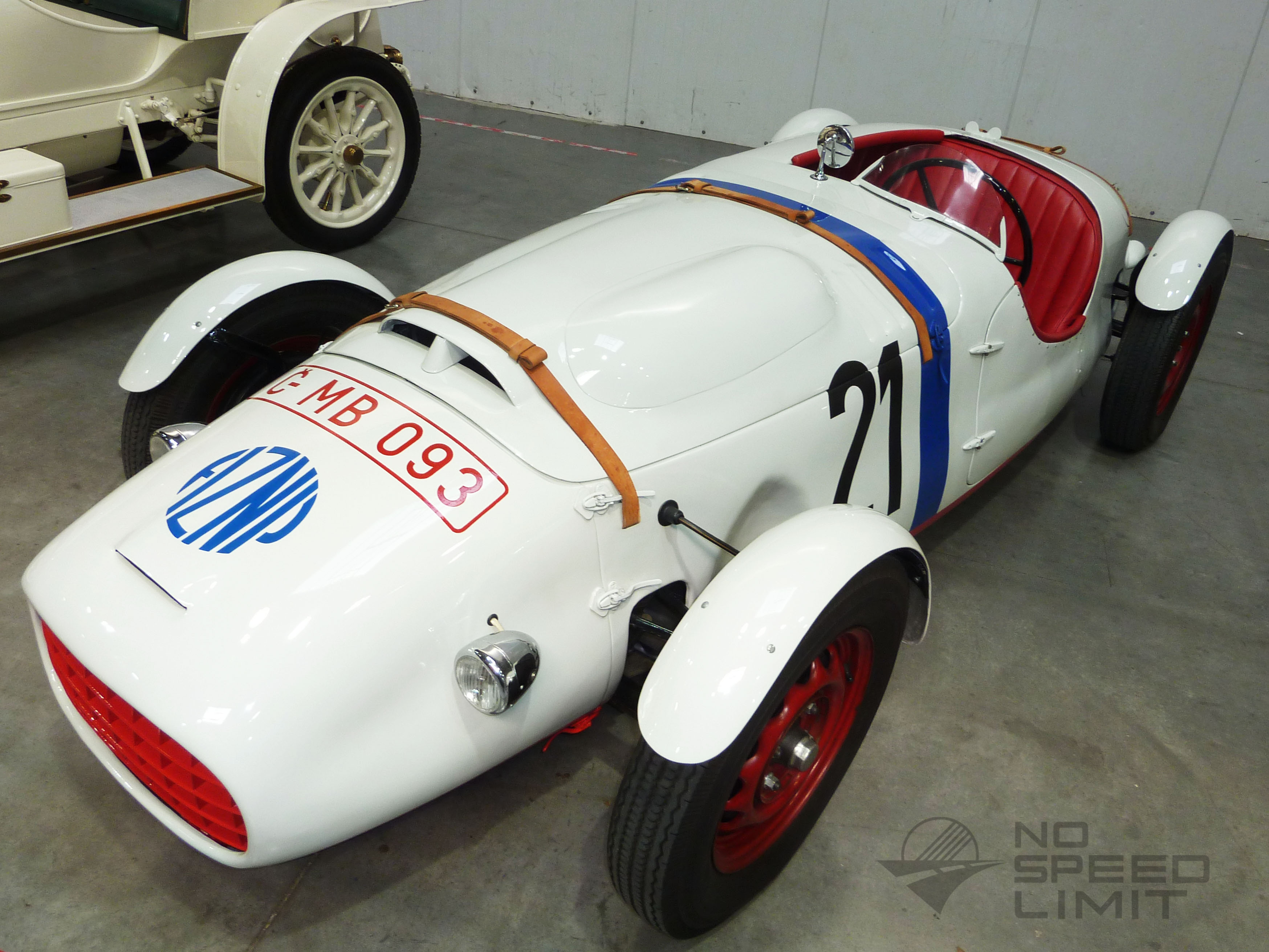
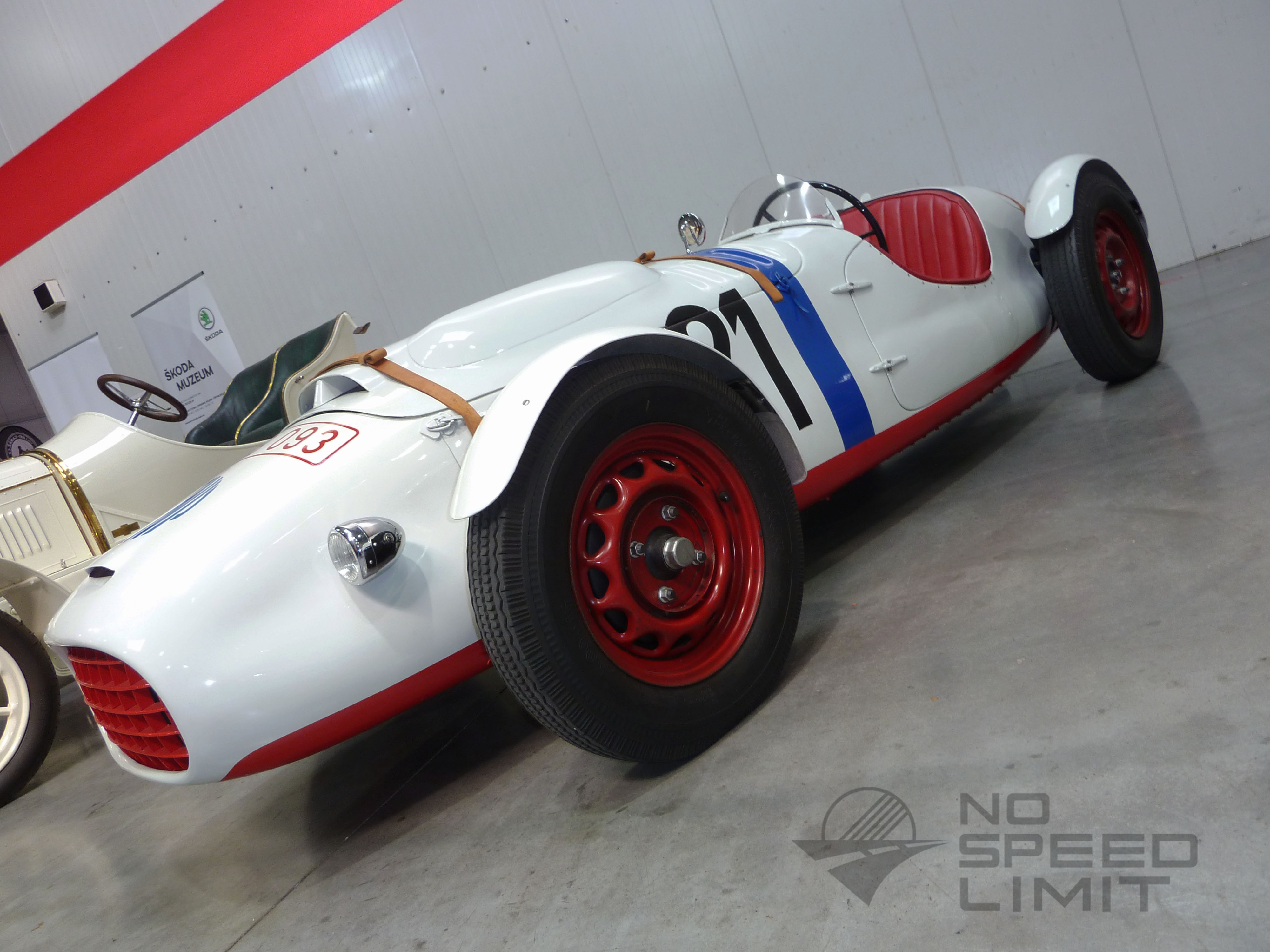
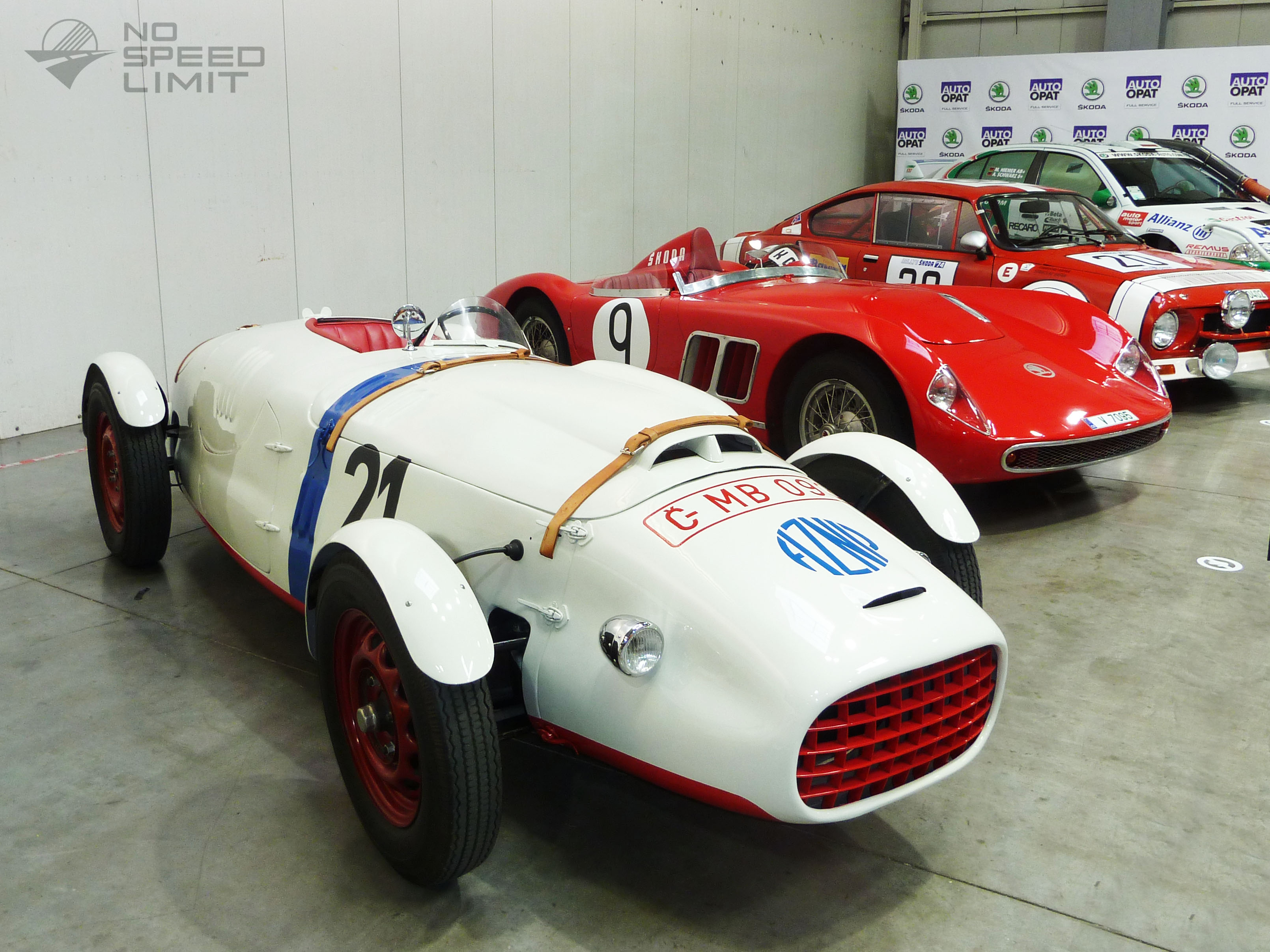




.jpg)
Prague Car Festival 2019
.jpg)
HAKAR - 1950

Porsche Press kit

Porsche Literature

Our Porsche Cars